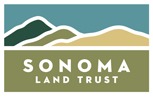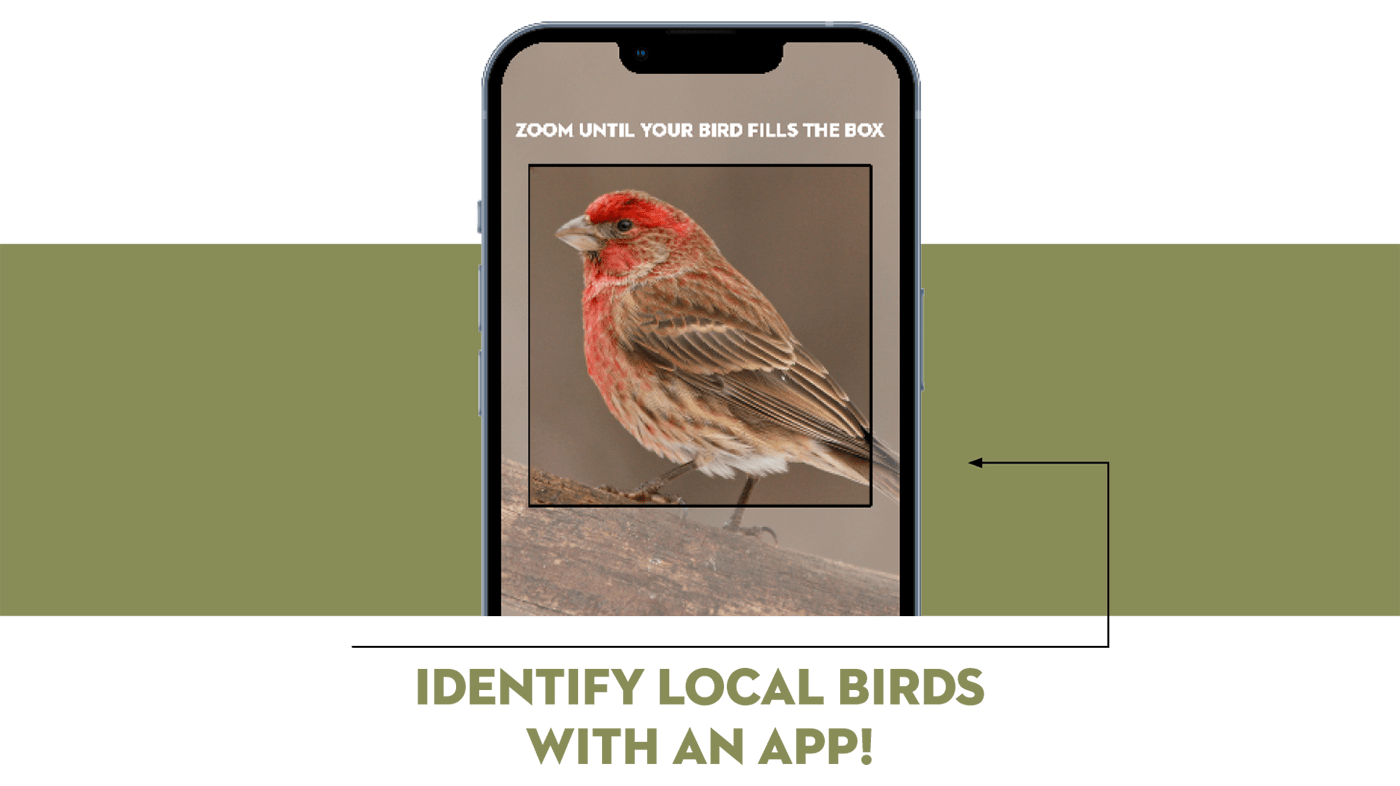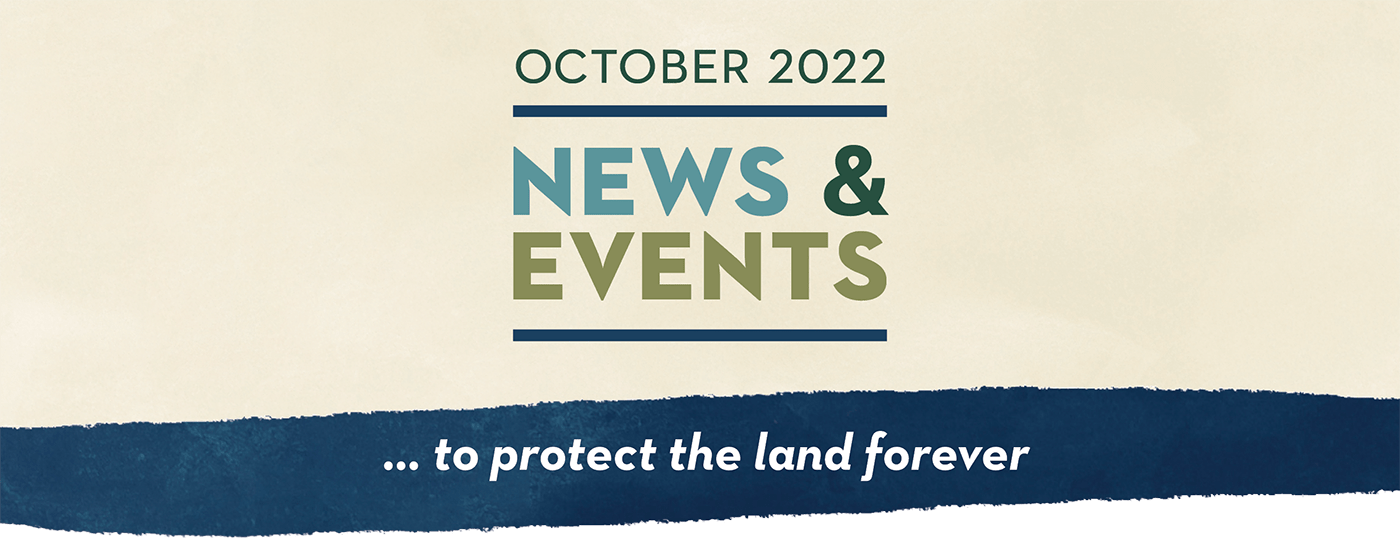
The Secret Lives of Animals
Music by J Lind
When our ecosystems are healthy we witness the full array of life they support, from the tiniest insect to the largest mammal. Hikers and hidden field cameras photograph these encounters which can indicate that nature is in harmony and thriving.
Do you ever wonder why animals captivate us so much? Perhaps one reason is that we spend so little time with them. We find pleasure watching them in YouTube videos and animal rescues stories on The Dodo. We see ourselves reflected in their family groupings, marvel at their expressions of caring for their young, and are in awe of their sheer beauty. Documentary series like the Blue Planet are watched by millions of viewers and they reveal the secret lives of animals while giving us a glimpse into an unfamiliar and fascinating world.
As we have learned from David Attenborough, an animal’s presence is an indicator of a healthy landscape, and each play a critical role in the health of the lands they call home. Today, a common term being widely used is “regenerative ecosystems,” which describes the interconnectedness animals have to the land and the revitalization process they create together. Animals enrich the soil, rivers, and oceans, which in turn produce clean air and water and support life. Insects like bees pollinate plants, coyotes and vultures are experts at pest control, and wandering bears ensure the health of the forest floor by dispersing seeds as they go. Protecting spaces for wild animals is one of the most compelling reasons for land conservation and doing so makes all life possible – including our own.
In honor of World Animal Month, we have filled this newsletter with animal facts and faces for you to enjoy from the wild spaces in our own backyards.
And though we don’t recommend you try to get close to a mountain lion or a bear, we do encourage you to help us protect space for them. Doing so preserves open spaces where nature can safely thrive nearby.
If you are looking for some animal encounters on your next outing, we have two of our favorite places listed below. Bird lovers may also want to download the Merlin Bird Identification app before they head out. See you there!
Jenner Headlands Preserve
If you are a seeking a stunning view, you must plan a trip to Jenner Headlands and explore the spectacular 5,630-acre mosaic of redwood and Douglas fir forests, oak woodland, chaparral, and coastal prairie overlooking the Pacific Ocean and mouth of the Russian river. This time of year, is perfect to spot our larger wild birds like hawks, Harriers, Kites and Kestrels (pick up a raptor guide here). Many rare and endangered species inhabit the area including the northern spotted owl, peregrine falcon, and red tree vole. Bobcat, coyote, mountain lions and steelhead trout may also be spotted depending on the season.
Laguna de Santa Rosa trails
Sebastopol’s 1.8-mile Laguna de Santa Rosa trail is located in Sonoma County’s largest freshwater wetland system, and is home to 200 species of birds, mammals such as mink, badger, bobcat and river otter and numerous fish and amphibians, including several rare and endangered species. A stop over for migratory birds and a wildlife corridor in the heart of residential communities, the Laguna de Santa Rosa offers 7 hikes perfect for families of all ages. A perfect place to try out the Merlin Bird ID app.
La Vida Secreta De Los Animales
Cuando nuestros ecosistemas están sanos, somos testigos de toda la variedad de vida que albergan, desde el insecto más diminuto hasta el mamífero más grande. Los excursionistas y las cámaras de campo ocultas fotografían estos encuentros que pueden indicar que la naturaleza está en armonía y prospera.
¿Se ha preguntado alguna vez por qué los animales nos cautivan tanto? Quizá una de las razones sea que pasamos tan poco tiempo con ellos. Nos complace verlos en los vídeos de YouTube y en las historias de rescate de animales en The Dodo. Nos vemos reflejados en sus agrupaciones familiares, nos maravillan sus expresiones de cuidado de las crías y nos asombra su pura belleza. Las series documentales como Planeta Azul son vistas por millones de espectadores y nos revelan la vida secreta de los animales a la vez que nos permiten echar un vistazo a un mundo desconocido y fascinante.
Como hemos aprendido de David Attenborough, la presencia de un animal es un indicador de un paisaje saludable, y cada uno desempeña un papel fundamental en la salud de las tierras que llaman hogar. Hoy en día, un término muy utilizado es el de “ecosistemas regenerativos”, que describe la interconexión que tienen los animales con la tierra y el proceso de revitalización que crean juntos. Los animales enriquecen el suelo, los ríos y los océanos, que a su vez producen aire y agua limpios y sustentan la vida. Insectos como las abejas polinizan las plantas, los coyotes y los buitres son expertos en el control de plagas, y los osos errantes garantizan la salud del suelo del bosque dispersando las semillas a su paso. Proteger los espacios para los animales salvajes es una de las razones más convincentes para la conservación de la tierra y hacerlo hace posible toda la vida, incluida la nuestra.
En honor al Mes Mundial de los Animales, hemos llenado este boletín con datos y rostros de animales para que disfrutes de los espacios silvestres de nuestros propios patios.
Y aunque no le recomendamos que intente acercarse a un puma o a un oso, le animamos a que nos ayude a proteger el espacio para ellos. Al hacerlo, se preservan los espacios abiertos donde la naturaleza puede prosperar con seguridad en las cercanías.
Si quiere tener un encuentro con animales en su próxima excursión, a continuación le mostramos dos de nuestros lugares favoritos. Los amantes de las aves también pueden descargar la aplicación “Merlin Bird Identification” antes de salir. ¡Nos vemos allí!
Reserva de Jenner Headlands
Si busca una vista impresionante, debe planear un viaje a Jenner Headlands y explorar el espectacular mosaico de 5.630 acres de bosques de secuoyas y abetos de Douglas, bosques de robles, chaparral y praderas costeras con vistas al Océano Pacífico y a la desembocadura del río ruso. Esta época del año es perfecta para avistar nuestras aves silvestres más grandes, como halcones, aguiluchos, milanos y cernícalos (recoja una guía de aves rapaces aquí). Muchas especies raras y en peligro de extinción habitan la zona, como el búho moteado del norte, el halcón peregrino y el topillo arbóreo rojo. También se pueden ver gatos monteses, coyotes, leones de montaña y truchas arco iris, dependiendo de la temporada.
Senderos de la Laguna de Santa Rosa
El sendero de la Laguna de Santa Rosa de 1,8 millas, está situado en el mayor sistema de humedales de agua dulce del condado de Sonoma, y alberga 200 especies de aves, mamíferos como el visón, el tejón, el gato montés y la nutria de río, y numerosos peces y anfibios, incluidas varias especies raras y en peligro de extinción. Parada de las aves migratorias y corredor de fauna en el corazón de las comunidades residenciales, la Laguna de Santa Rosa ofrece 7 excursiones perfectas para familias de todas las edades. Un lugar perfecto para probar la aplicación Merlin Bird ID.
The Scorpion: A Tiny Yet Mighty Creature
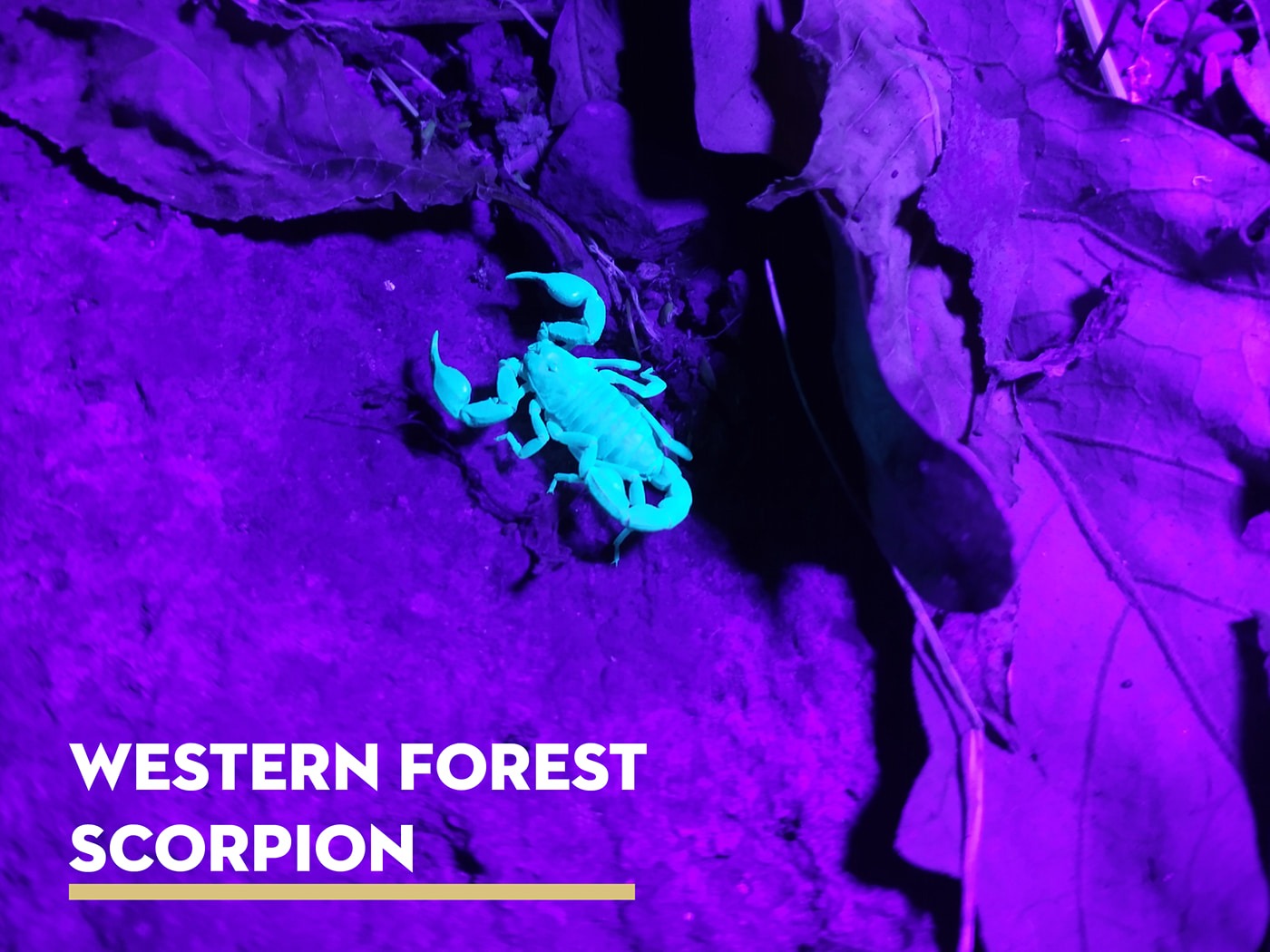
From the mighty bear to minute insects, our county has it all. The Western Forest Scorpion, otherwise known as Uroctonus mordax, lives in 30 California counties and thrives in humid microclimates like oak woodland redwoods and conifer forests. This shy creature is unbelievably resilient, having survived habitat loss during the recent wildfires. They venture out, largely in secret, from beneath rocks on moonless nights to hunt. When disturbed they will tend to play dead rather than sting, but when they do sting it’s less painful to humans than a honeybee. They are as small as our pinky finger, have eight legs and a pair of grasping claws that make easy work of forest floor pest control as they feed on insects and spiders. We had fun photographing this one under ultraviolet light which makes them appear fluorescent. This is a natural advantage in offering protection from parasites, and some say, to help them find a mate in the dark.
The 5 Bear Necessities
How well do you know your local bear?
Through our work with this incredible species, and studying the field footage we capture on our preserves, we know of at least five facts about the bears in our backyard worth sharing. Taking a page from the Jungle Book, here are some bear necessities…
- Despite their name, black bears come in a variety of colors and are often mistaken for grizzly bears. They are most commonly black, but can also be dark brown, tan, and blond.
- Black bears are the most widely distributed of the three bear species in North America and have been recorded in every state except for Hawaii. Black bears are most commonly found in forested areas but can also be found in a variety of habitats.
- Black bears are omnivorous and survive on berries, nuts, insects, sedges, new vegetation growth in early spring, fish and sometimes dead carcasses if they’re lucky enough to find one! Bears are extremely opportunistic and will get into human garbage, bird feeders, beehives, and food stored outside, so it’s important to keep your space clean if you’re living or staying near open spaces like preserves.
- Because their diet is rich in berries and fruit, bears nourish and regenerate the soil with their scat, dispersing seeds all around their habitat, which in turn creates more fruits and vegetation to sustain them. They also enrich the forest by dragging fish and animal carcasses throughout their range.
- Negative encounters with humans are rare, they prefer to keep clear of us altogether. There is less than one black bear attack every year nationwide and your chances of being injured by a black bear are 1 out of 2.1 million!
Sonoma Land Trust is working to protect black bear habitat with our acquisition and stewardship of key conservation properties and through our prescribed fire program. By reducing fuel loads on our preserves, we lower the risk and intensity of future fires and limit the loss of habitat. We are improving the ecological functioning of the forest for one of our most iconic, ecologically important, native wildlife species: the black bear.
Las 5 Maneras de Conocer A Los Osos
¿Conoces Bien A Los Osos En Tu Vecindario?
Gracias a nuestro trabajo con esta increíble especie y al estudio de las imágenes de campo que capturamos en nuestras reservas, conocemos al menos cinco datos sobre los osos de nuestro patio trasero que merece la pena compartir. Tomando una página del Libro de la Selva, he aquí algunas maneras de identificar de los osos…
- A pesar de su nombre, los osos negros tienen una gran variedad de colores y a menudo se les confunde con los osos pardos. Lo más habitual es que sean negros, pero también pueden ser marrones oscuros, tostados y rubios.
- Los osos negros son la especie de oso más extendida en Norteamérica y se han registrado en todos los estados excepto en Hawái. Los osos negros suelen encontrarse en zonas boscosas, pero también pueden hallarse en una gran variedad de hábitats.
- Los osos negros son omnívoros y sobreviven a base de bayas, frutos secos, insectos, juncos, el crecimiento de la nueva vegetación a principios de la primavera, peces y, a veces, cadáveres si tienen la suerte de encontrar uno. Los osos son extremadamente oportunistas y se meten en la basura humana, en los comederos de pájaros, en las colmenas y en los alimentos almacenados en el exterior, por lo que es importante mantener el espacio limpio si vives o te alojas cerca de espacios abiertos como las reservas.
- Como su dieta es rica en bayas y frutas, los osos nutren y regeneran el suelo con sus excrementos, dispersando semillas por todo su hábitat, lo que a su vez crea más frutos y vegetación para su sustento. También enriquecen el bosque arrastrando peces y cadáveres de animales por toda su área de distribución.
- Los encuentros negativos con los humanos son raros, prefieren mantenerse alejados de nosotros por completo. Hay menos de un ataque de oso negro al año en todo el país y las posibilidades de ser herido por un oso negro son de 1 entre 2,1 millones.
Sonoma Land Trust está trabajando para proteger el hábitat del oso negro con nuestra adquisición y administración de propiedades de conservación clave y a través de nuestro programa de incendios prescritos. Al reducir la carga de combustible en nuestras reservas, disminuimos el riesgo y la intensidad de futuros incendios y limitamos la pérdida de hábitat. Estamos mejorando el funcionamiento ecológico del bosque para una de nuestras especies silvestres autóctonas más emblemáticas y ecológicamente importantes: el oso negro.
Woodpeckers, the “canaries” in the forest
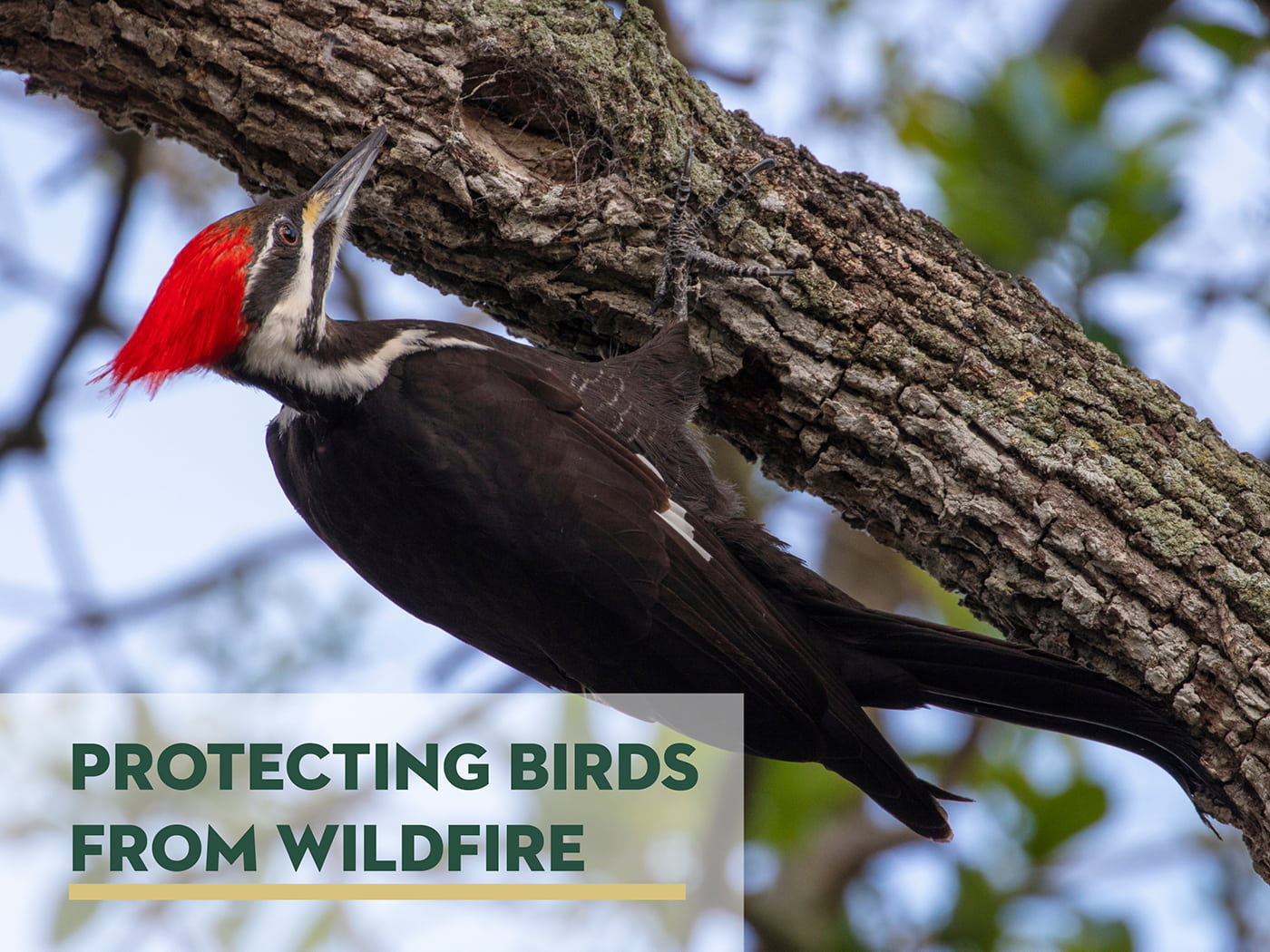
Hiking through the forest from the Jenner Headlands to Pole Mountain, you may hear the distinct calls of Pileated Woodpeckers, Spotted Towhees, Vaux’s Swifts and our beloved California Quail. Sonoma Land Trust is partnering with the Cornell Land Trust Bird Conservation Initiative, Point Blue Conservation Science and The Wildlands Conservancy to better understand how forest management practices for forest health and wildfire resilience are affecting these bird populations.
Sonoma County has been at the epicenter of climate driven wildfire activity in the last five years and local groups, including Sonoma Land Trust, have dedicated countless hours and significant resources to increase the scale of our forest management work to reduce the accumulated fuel load in our overstocked forests affected by previous land uses and fire suppression. Our aim is to change the way wildfire moves across the landscape – safely along the ground surface and out of the tree canopy. Science tells us this will improve forest ecosystem health and fire resilience as well as creating safer conditions for evacuating residents and fire response teams. While reflecting on this work we have asked ourselves how vegetation management that alters the structure and species composition of forestlands is affecting the bird populations. Do our fire resiliency strategies and forest fuels management practices decrease or enhance bird populations?
Through a generous grant from the Cornell Lab of Ornithology’s Land Trust Bird Conservation Initiative, we have partnered with Point Blue Conservation Science and The Wildlands Conservancy to better understand the suite of bird species that call our conservation lands home and to answer critical questions about forest management techniques. The Monitoring Avian Community Response to Forest Fuels Management Project will assess the 2023 spring breeding season avian response in comparison to baseline surveys. To evaluate the long-term effects of fuel reduction, prescribed fire and restoration forestry treatments on the forest bird community, Point Blue scientists will monitor and compare results to baseline bird surveys within forest treatment units on four conservation properties (Pole Mountain, Little Black Mountain, Jenner Headlands and Bear Canyon Wildlands). These scientists will determine species richness and abundance, with a focus on special-status or indicator species. As fuel reduction treatments increase across Northern California in response to growing threat of wildfire, there may be valuable lessons to learn from this study that can help land managers better steward forests and maintain healthy bird populations at the same time.
Are you a birder? By helping Sonoma Land Trust track birds using the ebird app you can add to a data bank that helps researchers and scientists do this work. If you simply want to enjoy learning about the birds around you, another fun bird app to hike with is the Merlin Bird ID app which identifies the feathered friends that surround you using the your own field recordings.
Together with our partners, and bird trackers like you, we will assess how the spring 2023 spring avian breeding season responds to fire resiliency and land management practices.
Stay tuned, there is an outreach component of the project which will involve two community webinars presenting project findings and spotlighting the approach of monitoring birds as a barometer of forest habitat health.
Happy birding!
Additional reading:
Welcome new Board Members
Join us in welcoming Frank Dean and Liz Fisher to the Board. They each bring diverse and extensive expertise in conservation, and the financial services industry, respectively, and are passionate about supporting our mission.
Frank Dean

Frank Dean has extensive experience in conservation and is currently the President/CEO of Yosemite Conservancy. His exciting work has led him to guide important projects such as the Conservancy’s successful $20 million fundraising campaign to restore the Mariposa Grove of giant sequoias in 2018. He has worked to increase the opportunities for diverse communities, including connecting underserved youth with parks, and restoring important ecosystems in many milestone projects. As part of his efforts, he partnered with other non-profits to create the Park Youth Collaborative, a major expansion of the successful inner-city youth outreach programs at Crissy Field that annually serves 70,000 children when he served as a General Superintendent at Golden Gate National Parks in San Francisco. Prior to that he held positions as Chief of NPS Partnerships and Centennial Programs at the National Park Service in Washington, D.C and Park Superintendent at Saratoga National Historic Park in Stillwater, New York and as Assistant Superintendent at Point Reyes National Seashore and Management Assistant at Yosemite National Park.
“Conserving open space for the public good has been my calling and I look forward to learning and working with the impressive team and partners of the Sonoma Land Trust to improve the quality of life in our region.” – Frank Dean
Liz Fisher

Liz Fisher is an innovative business leader who brings many years of experience as a professional in the financial services industry. She worked as an organizational consultant and executive coach who collaborates with senior leadership teams and key executives. Her expertise is in the areas of strategy development, human capital and diversity and her work spans over 30 years in the financial services industry. Liz has led teams for global firms including Fidelity Investments, JPMorgan Chase, and Spencer Stuart. Her work has included advising board of directors on all facets of human capital, leveraging her years as a business leader and proponent of leadership equality.
“I am honored to join the Sonoma Land Trust board and help execute their mission and strategic plan. There are few things more important than preserving our lands for the next generation. As a grandmother to 15 little ones, I’d like to do everything I can to make sure I am contributing to the effort of preserving our lands and working on critical issues like climate change.” – Liz Fisher
Welcoming (more) New Staff
Shawnalee Pusey, Database System Administrator

With more than 14 years of development experience, and a marketing degree from York College City University of New York, Shawnalee’s career spans many sectors including higher education, healthcare. She volunteers with various nonprofits currently tackling affordable housing, food insecurity and children’s needs. Her hobbies include attending live music shows, tennis, gardening, and spending time with her “little” through the Big Brother Big Sister organization. She’s a member of Council for Advancement Support of Education (CASE), Association of Advancement Services Professionals (AASP) and Association of Fundraising Professional (AFP), to name a few.
Mariah Wong, Program Assistant, Youth Programs

Mariah graduated Sonoma State University with degrees in Environmental Studies, Geography, and Planning with a Focus in Society, Environment, and Development, and we are excited to have her join our team. The Program Assistant is a seasonal position, and assists in facilitating our youth programs SLIME and Conservation Council. Mariah was a swimmer for 11 years and All-American in 2017-2018 at Santa Rosa Junior College. She loves to hike, go paddle boarding, learning more about wild mushrooms, and spending time with her family and friends. She also enjoys yoga, which she has been practicing for the past few years.
RECENT WEBINARS NOW ONLINE
Language of the Land: Living with Lions
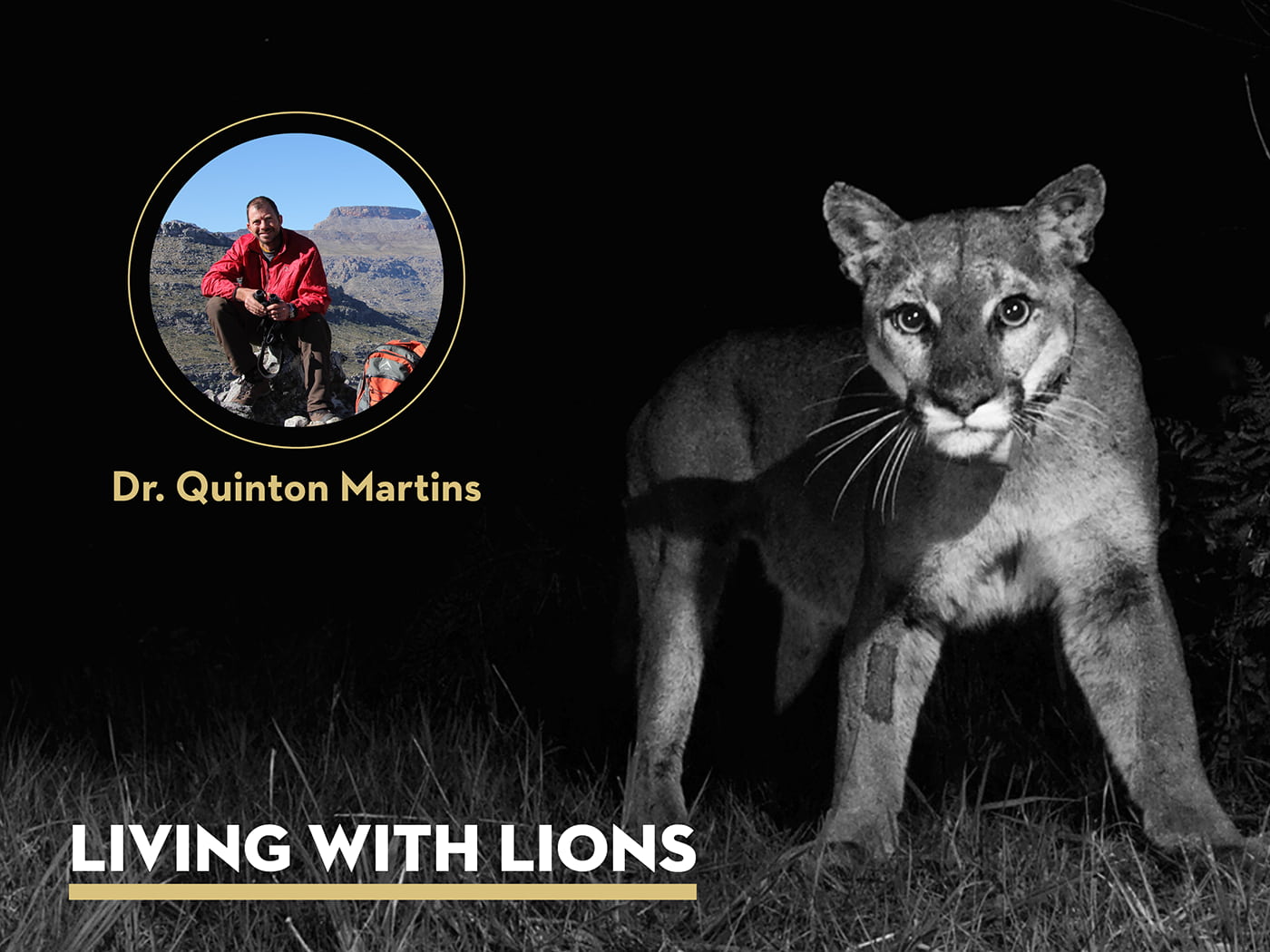
Mountain lions in the North Bay live a fragile existence. In California, mountain lions are at the top of the food chain and play critical roles in the maintenance and functioning of our natural ecosystems. Yet mountain lions themselves live a fragile existence as more of us choose to live and play in wild places. Join Dr. Quinton Martins, large cat expert, to learn more about these charismatic cats, their existence in a human-dominated landscape and the role they can play in shaping conservation on a local and global scale.
Watch in English: LINKS TO FOLLOW
Ver en Español: LINKS TO FOLLOW
NOVEMBER HIKES:
Sears Point Marsh Walk
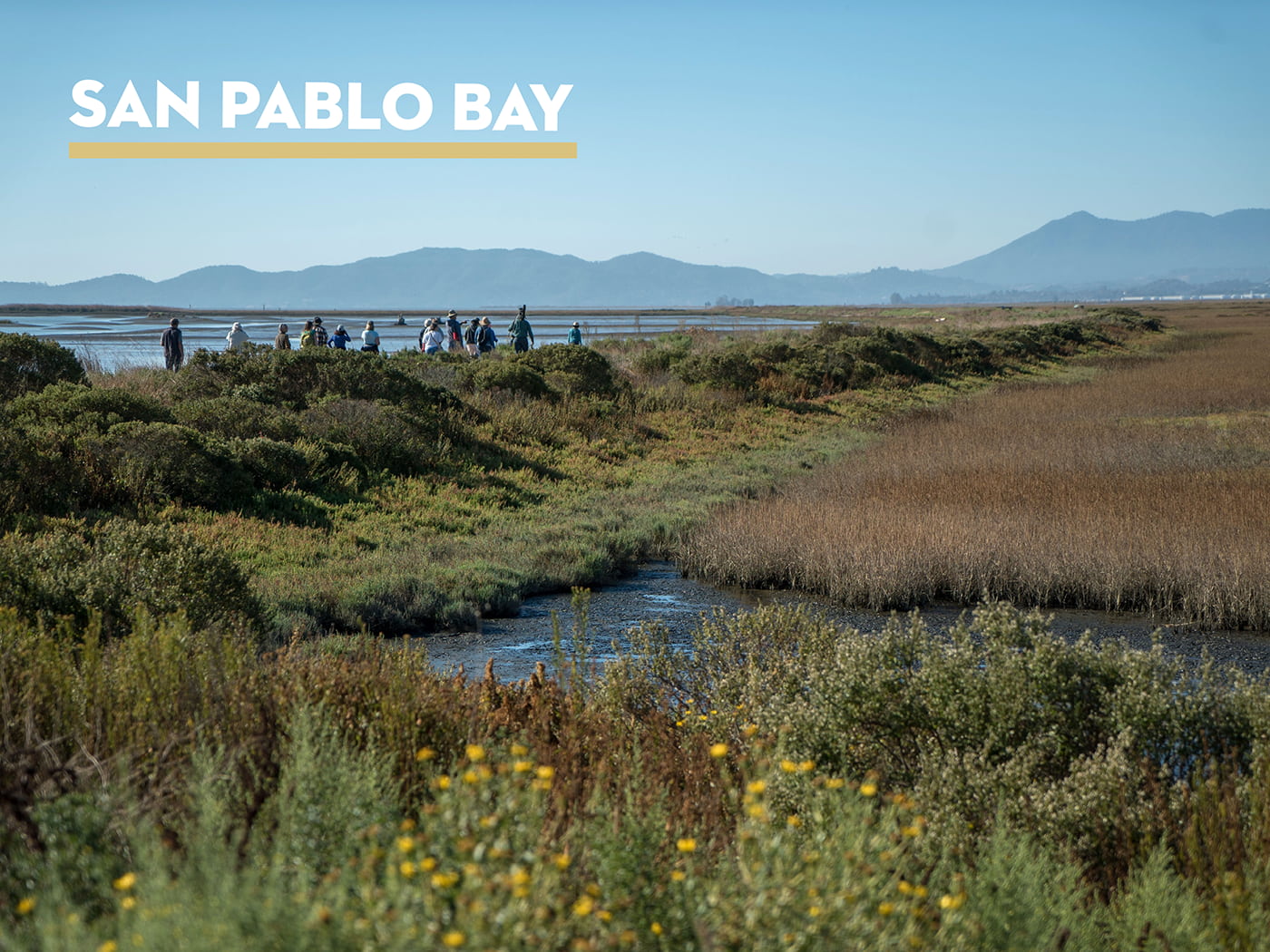
Saturday, Nov. 5, 10am–12:30pm
Join us for a leisurely walk on the San Pablo Bay. We’ll observe the current tidal marsh restoration area at the former Dickson Ranch in comparison to the older tidal marsh restoration at the Sonoma Baylands as we walk along the levee trail that separates them.
Level: Gentle
Raptor Walk at the Jenner Headlands
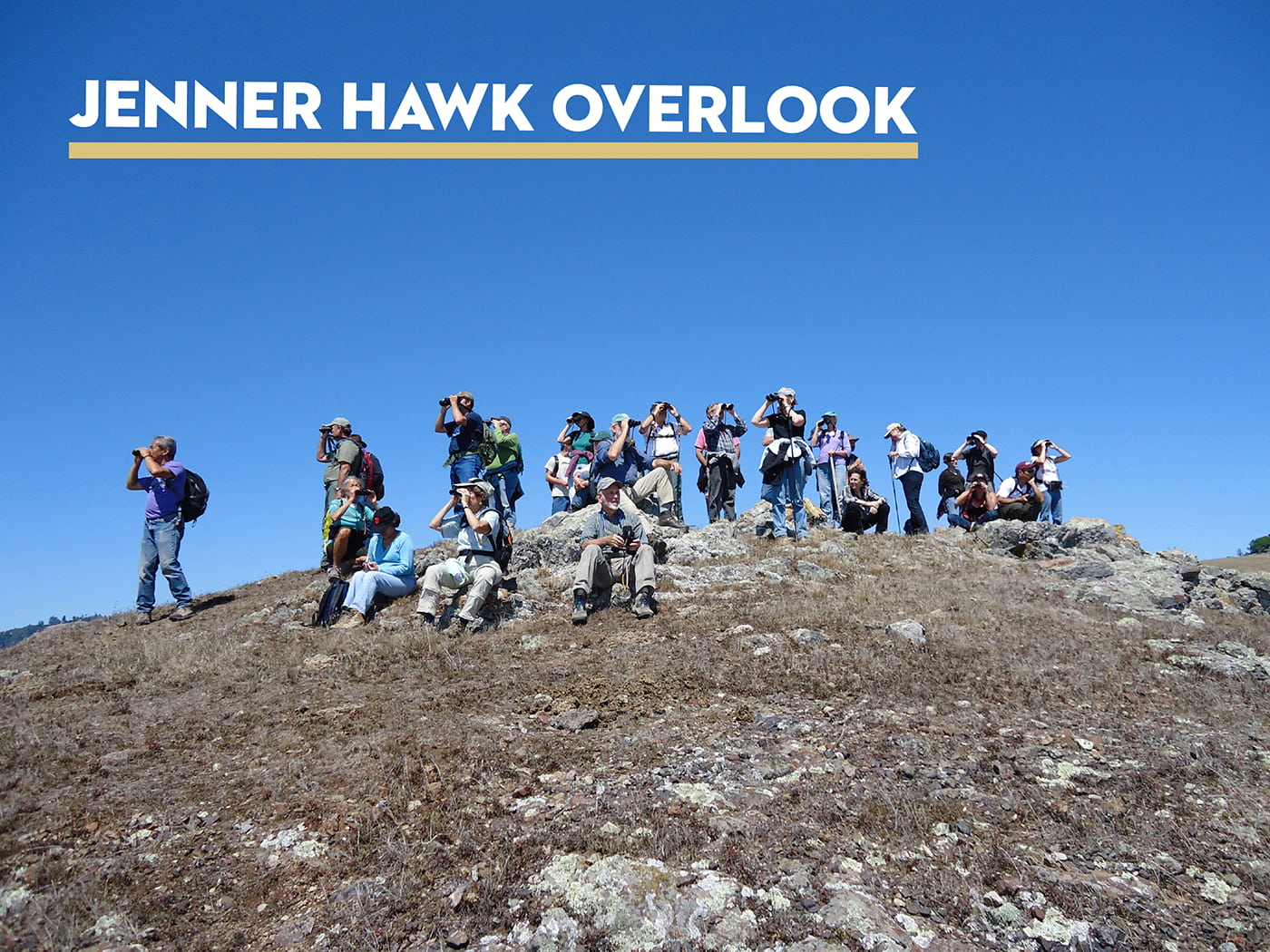
Sunday, Nov. 13, 10am–3pm
The Jenner Hawk Overlook is the spot to view the fall migration of raptors as they soar on the hillside updrafts along the Sonoma Coast. From there, Certified Naturalist Larry Broderick will introduce you to bird spotting and identification on location. We will walk approximately 4.5 miles with about 800 feet in elevation gain.
Level: Strenuous
Familias Al Aire Libre / Families Outdoors
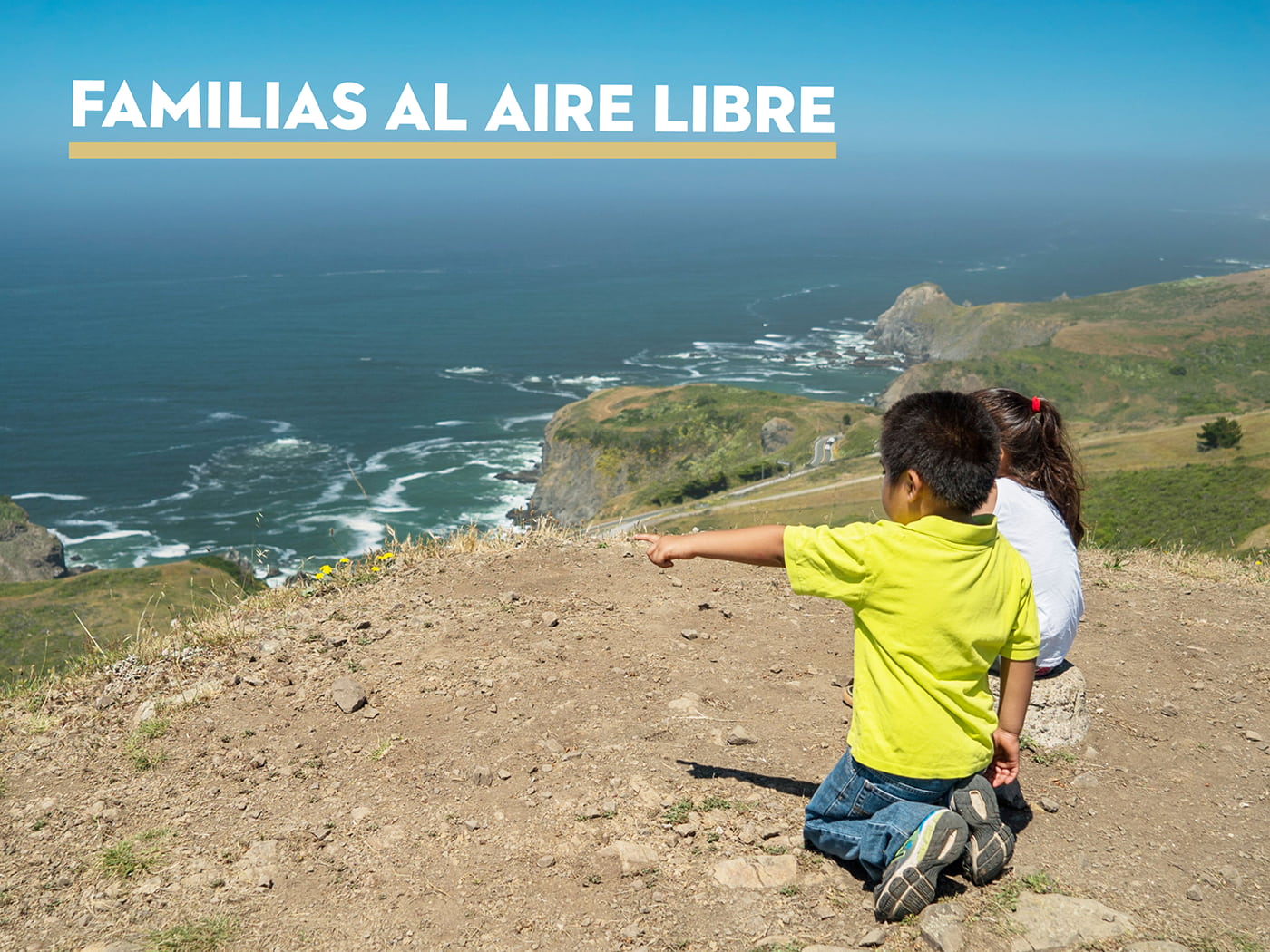
Saturday, Nov. 19, 10am–2pm
The Jenner Hawk Overlook is the spot to view the fall migration of raptors as they soar on the hillside updrafts along the Sonoma Coast. From there, Certified Naturalist Larry Broderick will introduce you to bird spotting and identification on location. We will walk approximately 4.5 miles with about 800 feet in elevation gain.
Level: Strenuous
¡Acompáñenos para una caminata bilingüe para toda la familia! Cada mes visitaremos diferentes parques con guías. ¡Es divertido para todas las familias! El transporte está disponible. Nos reuniremos a las 10am en 822 5th St. Santa Rosa, e iremos juntos en caravana al parque, Triaga un picnic de almuerzo y agua.
Para más información contacte a Tania: (707) 324-3510 | tania@sonomalandtrust.org
A Force for Nature Campaign
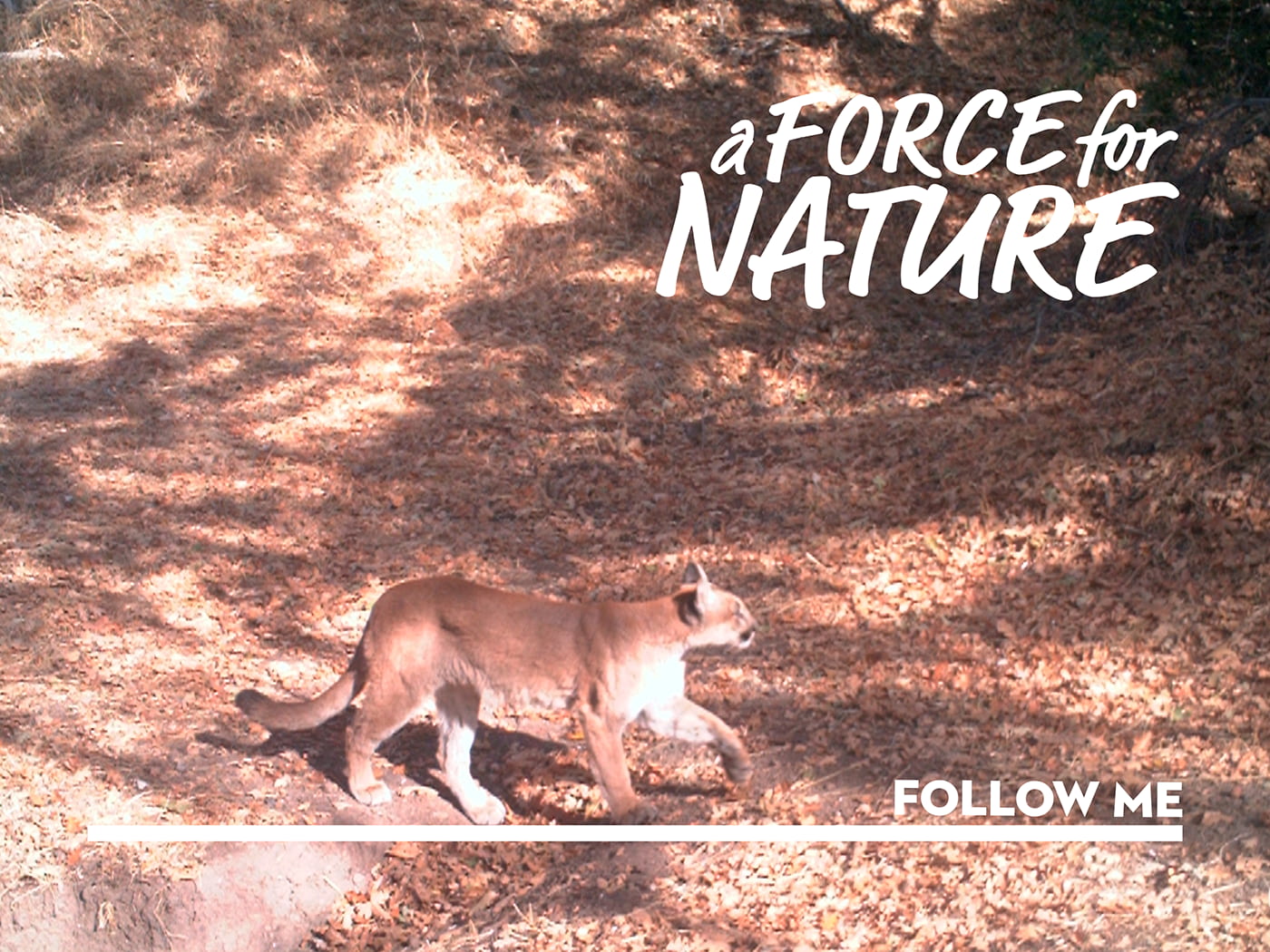
I’m headed over to the Mid-Campaign Report to learn about the projects you’ve helped us accomplished during A Force for Nature: The Sonoma Land Trust Fundraising Campaign. Thanks to you, and our dedicated partners, we’ve recently conserved more than 6,000 acres throughout the county and applied nature-based programs to help combat flooding, drought, and catastrophic wildfires, while preserving critical habitat for species like me and my family and friends. Check out videos and maps about Sonoma Land Trust’s work and see all the ways your donations help move our work forward!
